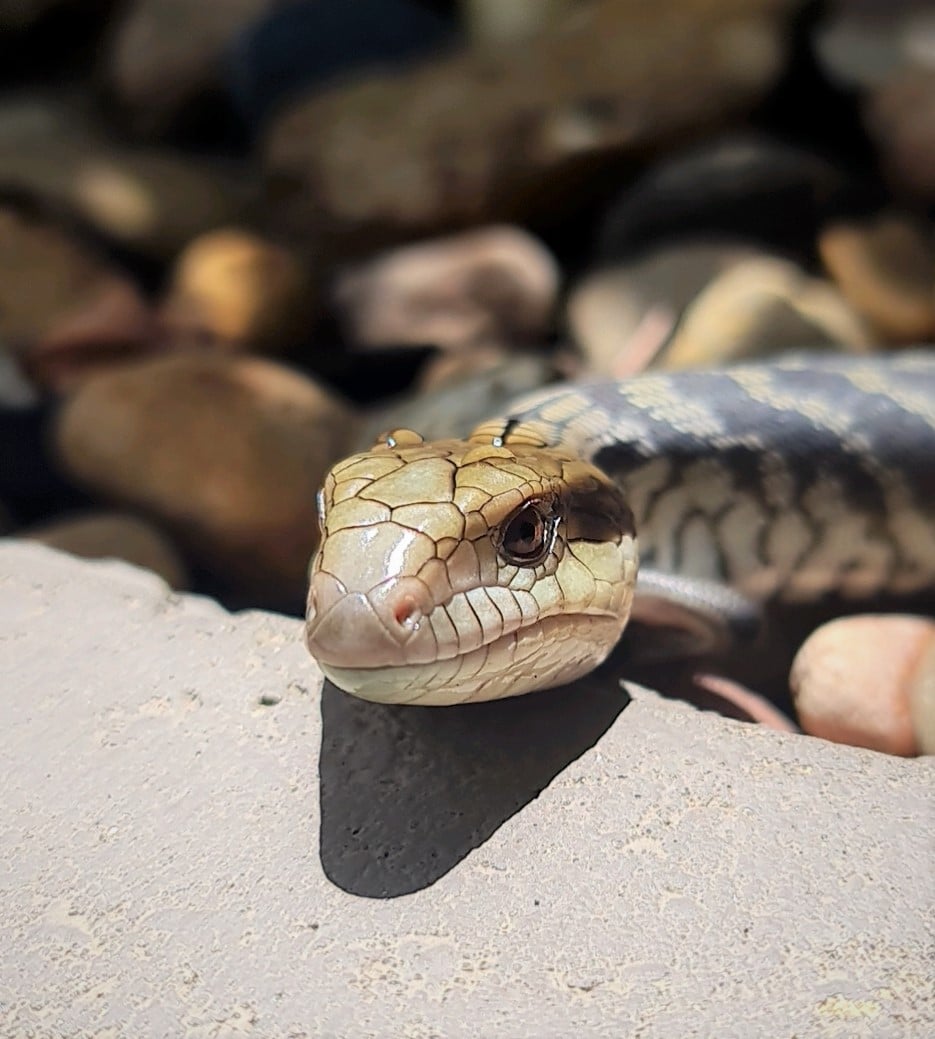February 6 - 12, 2022: Issue 525
South-West-North-East Summer Nature Mix
By Joe Mills, Selena Griffith and Adriaan van der Wallen
Adriaan Van Der Wallen; Palmy, Summer 2022
''…when your arms can’t paddle anymore, find a nice place in the sun and watch everyone else surf.''


Selena Griffith; Elanora Heights, Summer 2022
Blue Banded Bees, Amegilla cingulata, are native to Australia. Golden brown in colour with a black abdomen and distinctive iridescent blue abdominal banding, they have dense hairs covering most of the body including legs.
They fly fast darting from flower to flower and are small in size, ranging from 10-12mm in length.
Blue banded bees live solitary but usually within close range to other blue banded bees. The females build their own nest in soft banks of sheltered positions and males will roost at night congregating in small groups of other male blue banded bees.

Selena Griffith; Elvina Bay + Ku-Ring-Gai Chase National Park Flowers, Summer 2022
St Andrew's Cross Spider, Argiope keyserlingi, is a species of orb-web spider found on the east coast of Australia, from central New South Wales to northern Queensland. The spider was named by Fredrich Karsch in 1878 after the mythological Greek character of Argiope, a nymph from the town Eleusis in southern Greece. The specific name keyserlingi was chosen to honor arachnologist Eugen von Keyserling.
They are named for their bright web decorations - zig-zag ribbons of bluish-white silk that form a full or partial cross through the centre of the orb web. Females have a silvery carapace and a silver, yellow, red and black banded upper abdomen with two longitudinal yellow stripes below. The spider sits with the legs in pairs. The brown and cream coloured males are smaller than females.
Its web possesses meandering, bluish-white ribbons consisting of silk that can form either a full or partial cross through the center of the web. The purpose of the crucifix-like stabilimentum has long perplexed biologists, who first thought that the stabilimentum's purpose is to strengthen the web. Other ideas associate it with capturing prey or evading its predators, though the purpose of its stabilimentum remains a mystery. One feature of the stabilimentum is that it effectively reflects ultraviolet light, making it attractive to flying insects. Biologists think this may be to increase the chance of catching its prey. The design of the stabilimentum makes the web and the spider obvious to diurnal predators, especially birds and wasps. The shape of this decoration can vary from three shapes, a complete cross, a partial cross possessing one to three arms, or occasionally an absence of a decoration. This variability can induce web-recognition problems for predators. Biologists also found a possibility that the stabilimentum may be a warning to predators to stay away. Information from the Australian Museum
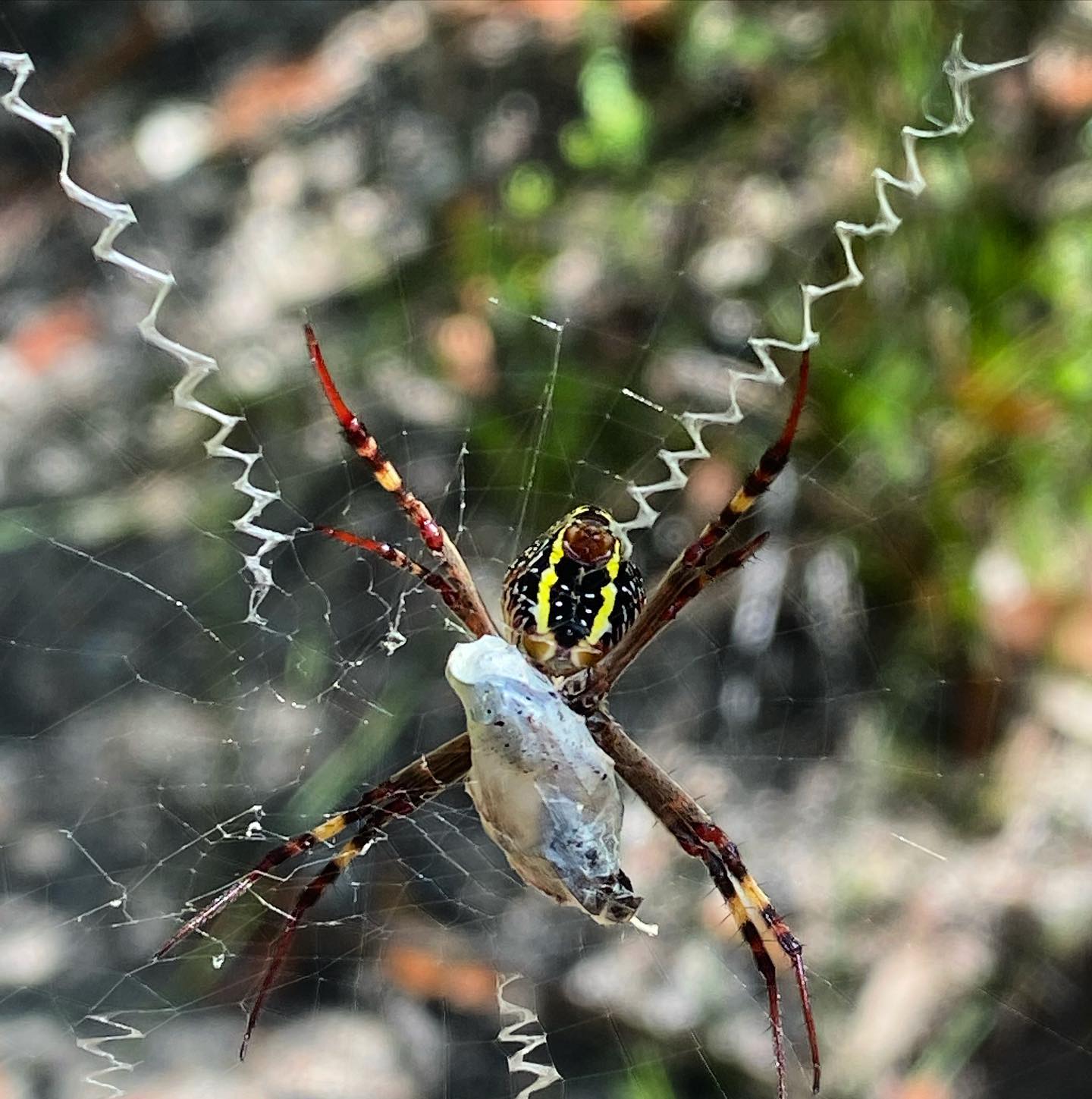



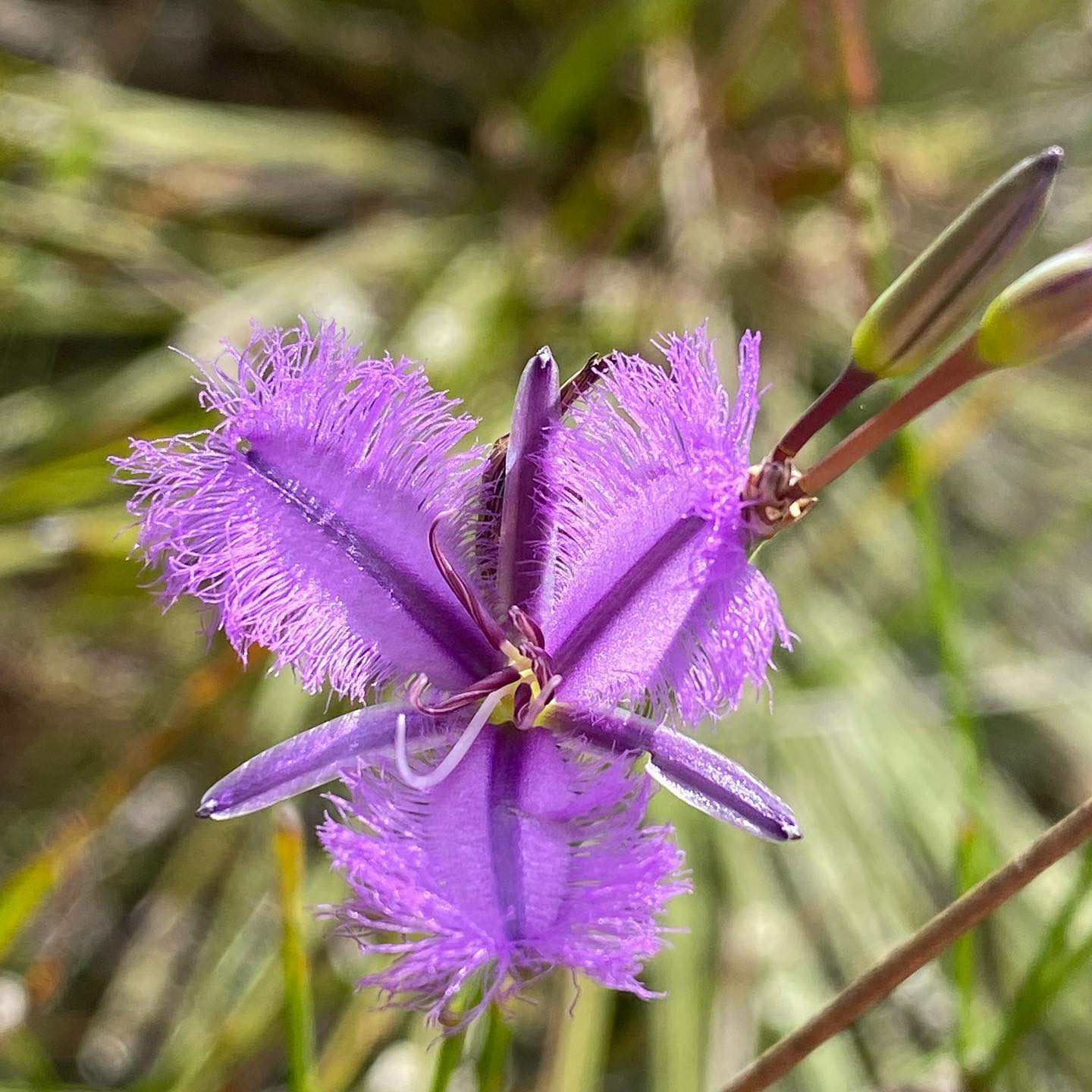
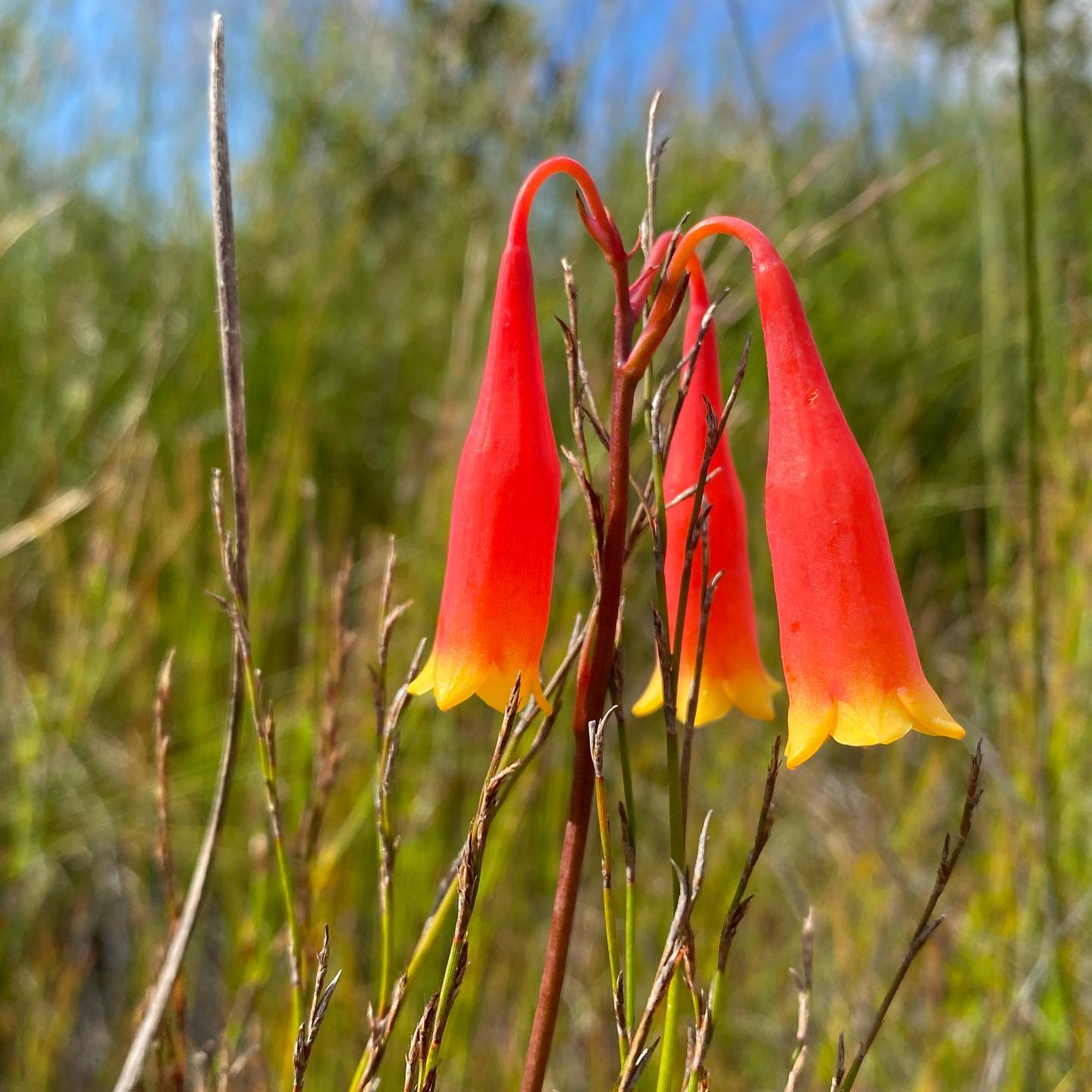

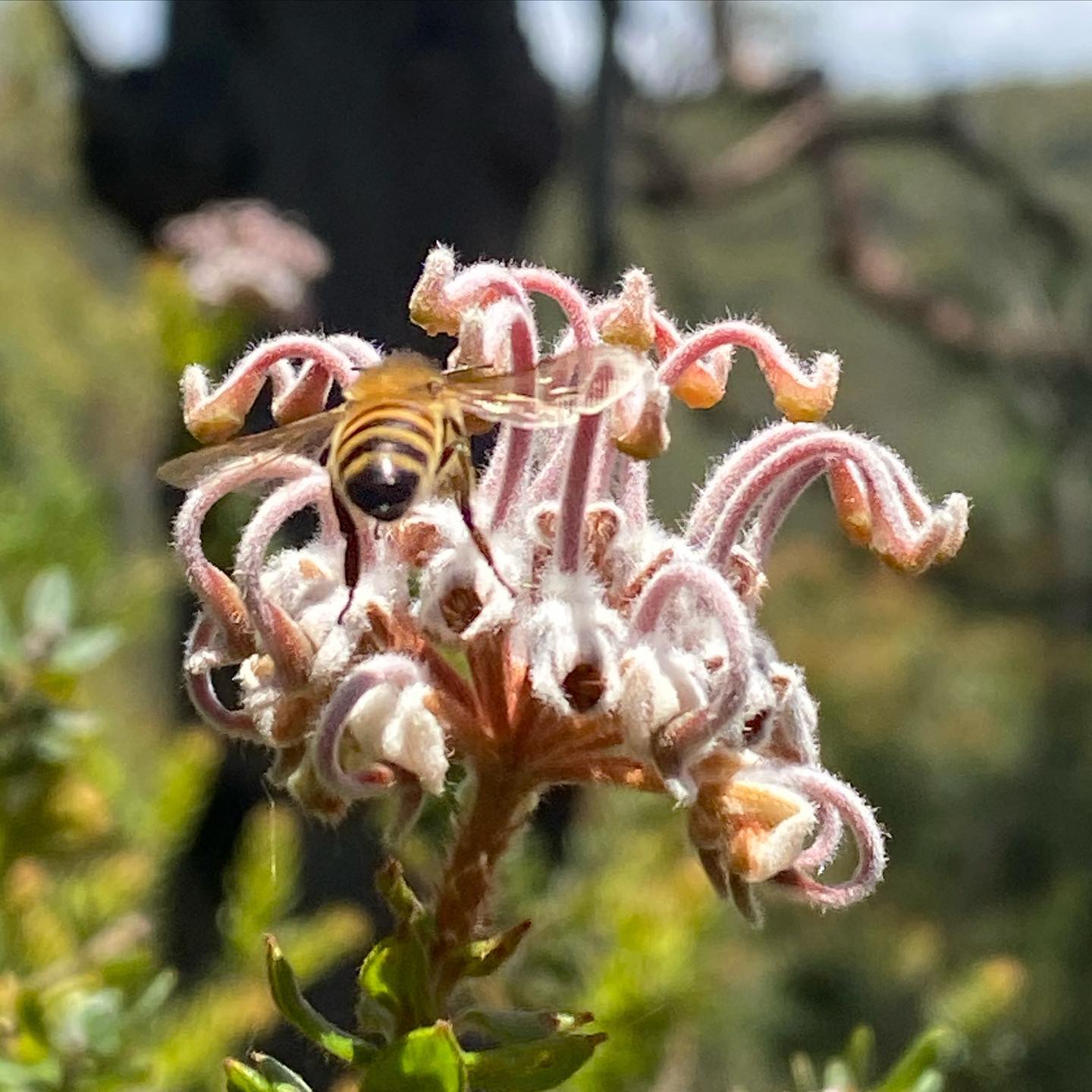







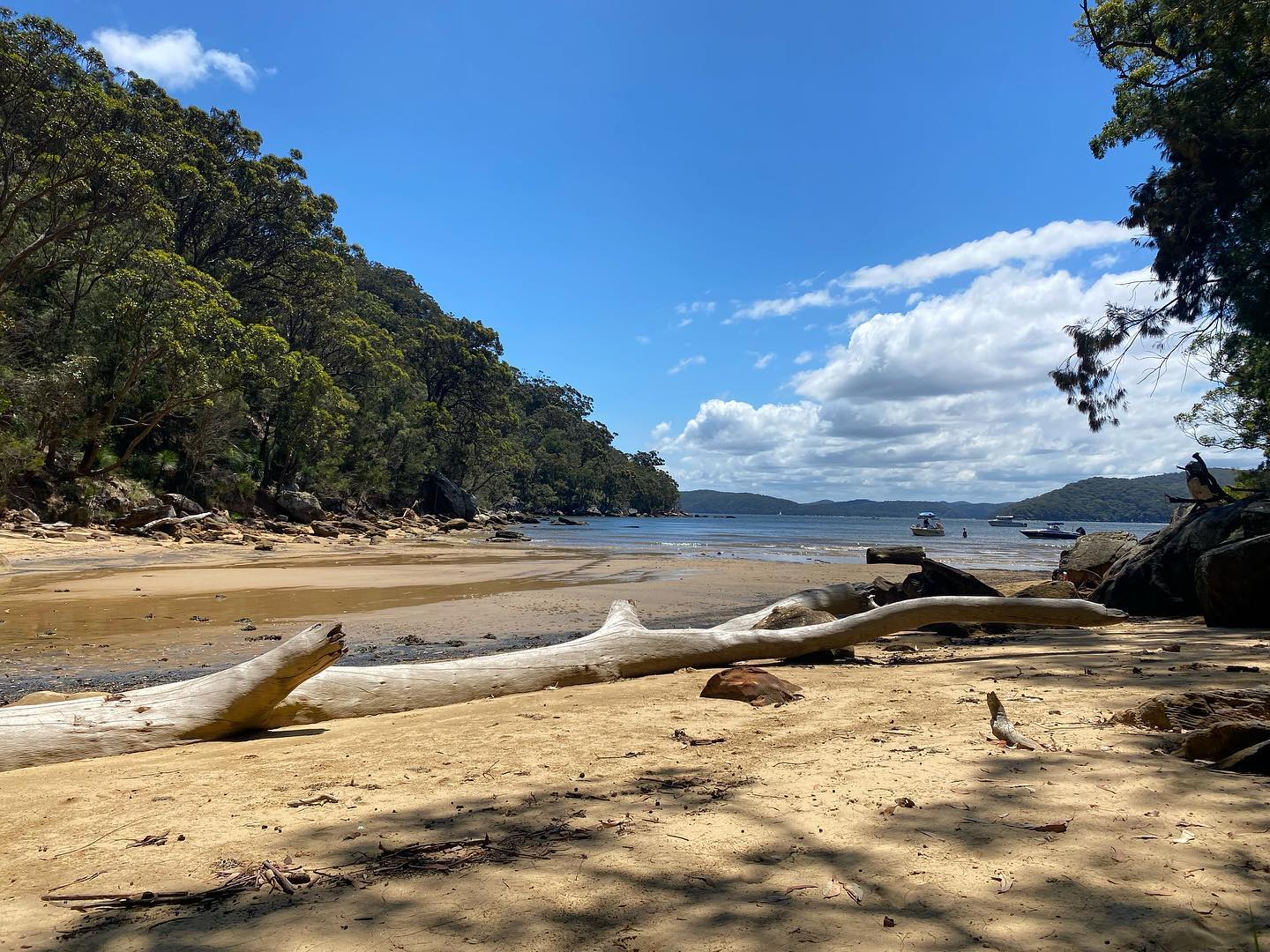
Joe Mills; Warriewood, Summer 2022
The Australian Water Dragon, is the only species of the genus Physignathus in Australia.
There are two subspecies; Physignathus lesueurii lesueurii (eastern water dragon) and the Gippsland P. l. howitti (Gippsland water dragon). P. l. lesueurii tends towards white, yellow and red on the throat and possesses a dark band behind its eye; P. l. howitti lacks this and instead has dark bands on either side of its throat, which is blotched with yellow, orange, or blue. Both subspecies are light greenish grey in overall colour with black bands running across their back, tail and legs.
Australian water dragons are extremely shy in the wild, but readily adapt to continual human presence in suburban parks and gardens.


